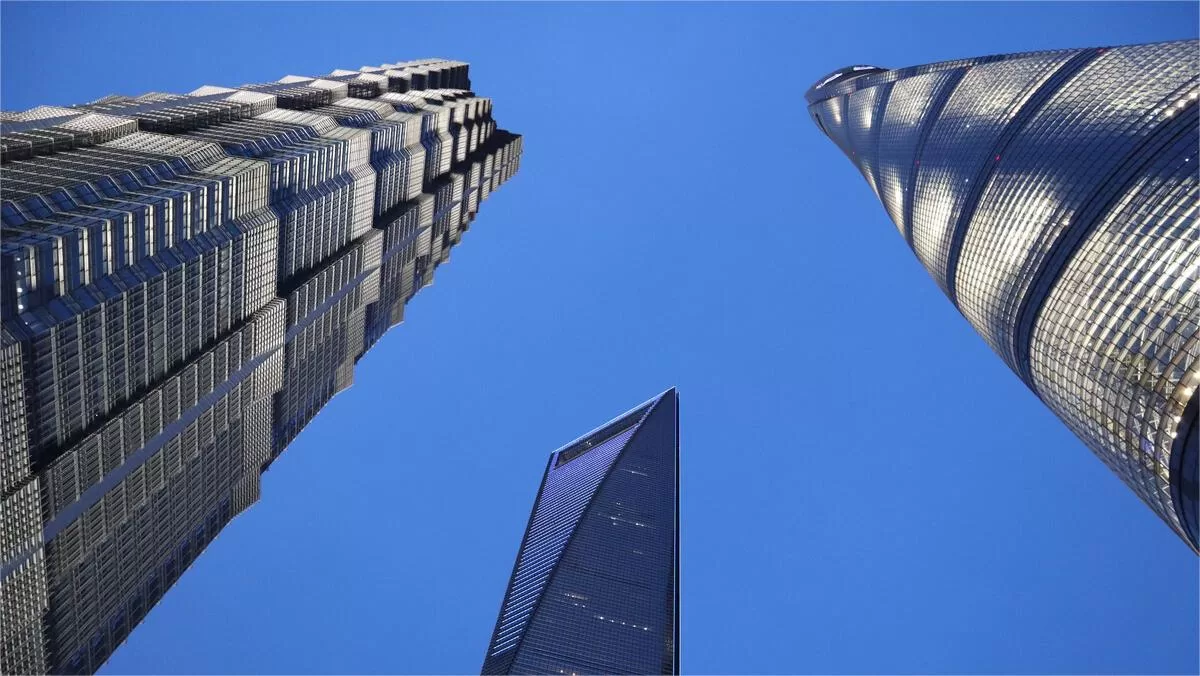The Shanghai Tower is a remarkable example of sustainability design, integrating advanced technology and innovative strategies to reduce its environmental impact and promote sustainable living. From energy-efficient systems to green roofs and rainwater harvesting, the tower’s sustainable features make it a model for sustainable architecture.
One of the most significant sustainable features of the tower is its energy-efficient systems. The building’s exterior is designed with a double-skin facade, creating a buffer zone between the interior and exterior of the building. This helps to reduce heat transfer, which in turn reduces the building’s energy consumption for heating and cooling. Additionally, the tower is equipped with an advanced air filtration system, which helps to improve indoor air quality and reduce energy consumption.
The Shanghai Tower also incorporates green roofs, which are covered in vegetation and act as a natural insulator. These roofs help to reduce the heat island effect in urban areas, which occurs when buildings and other structures absorb and radiate heat. By reducing the heat island effect, the tower is able to reduce its energy consumption for cooling.
In addition to its green roofs, the tower also utilizes rainwater harvesting to reduce its water consumption. As mentioned earlier, the tower’s unique design allows rainwater to collect in its atrium, which is then filtered and stored for later use. This reduces the tower’s reliance on freshwater sources and minimizes its impact on local water resources.
The tower also incorporates a range of other sustainable features, including LED lighting, renewable energy sources, and waste reduction strategies. For example, the tower’s lighting system is designed to be energy-efficient, using LED lights and motion sensors to reduce energy consumption. The tower also incorporates renewable energy sources, such as solar panels, to generate electricity.
Overall, the Shanghai Tower’s sustainable design features are a testament to the building’s commitment to reducing its environmental impact and promoting sustainable living. By incorporating advanced technology and innovative strategies, the tower is able to achieve significant reductions in energy and water consumption while also promoting a healthier and more sustainable urban environment.


